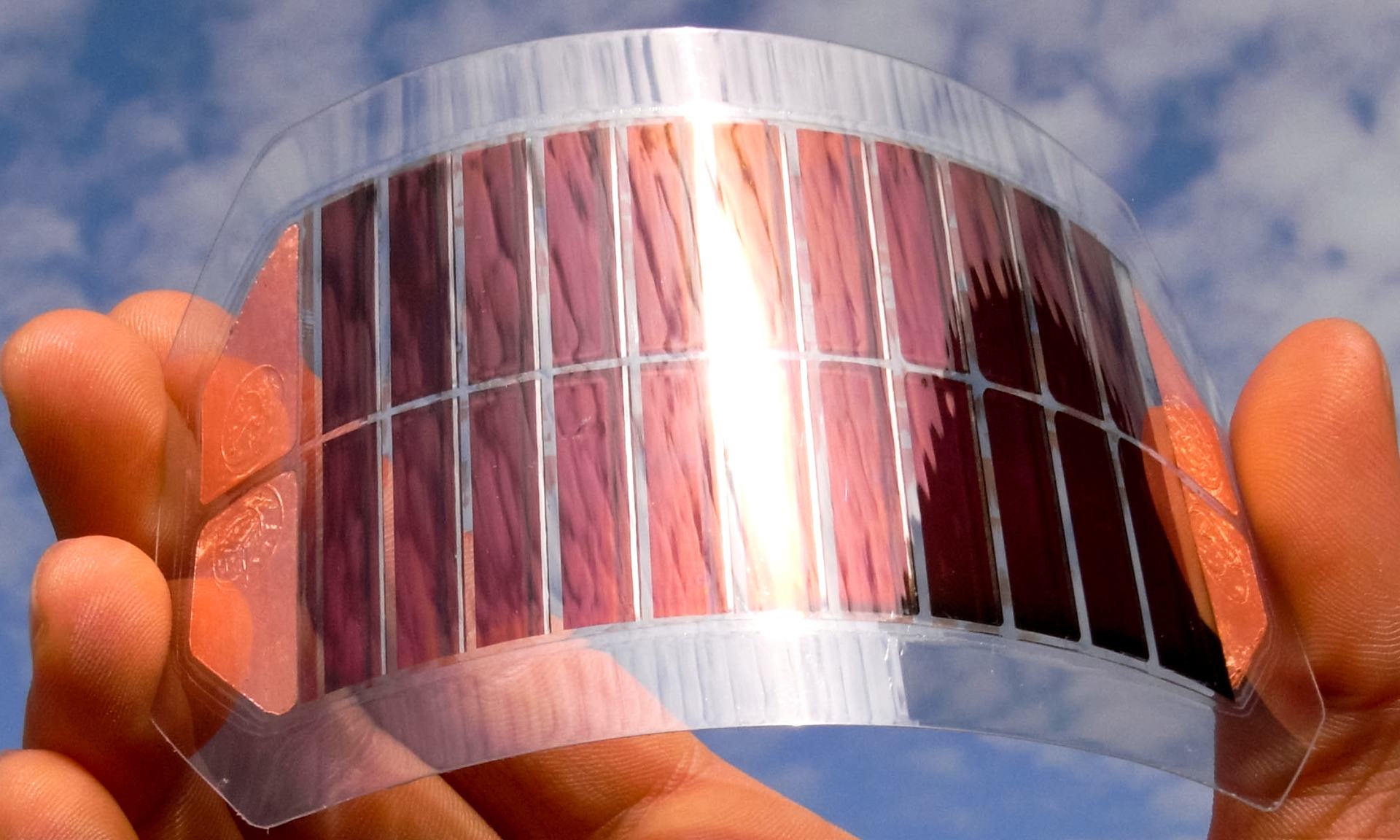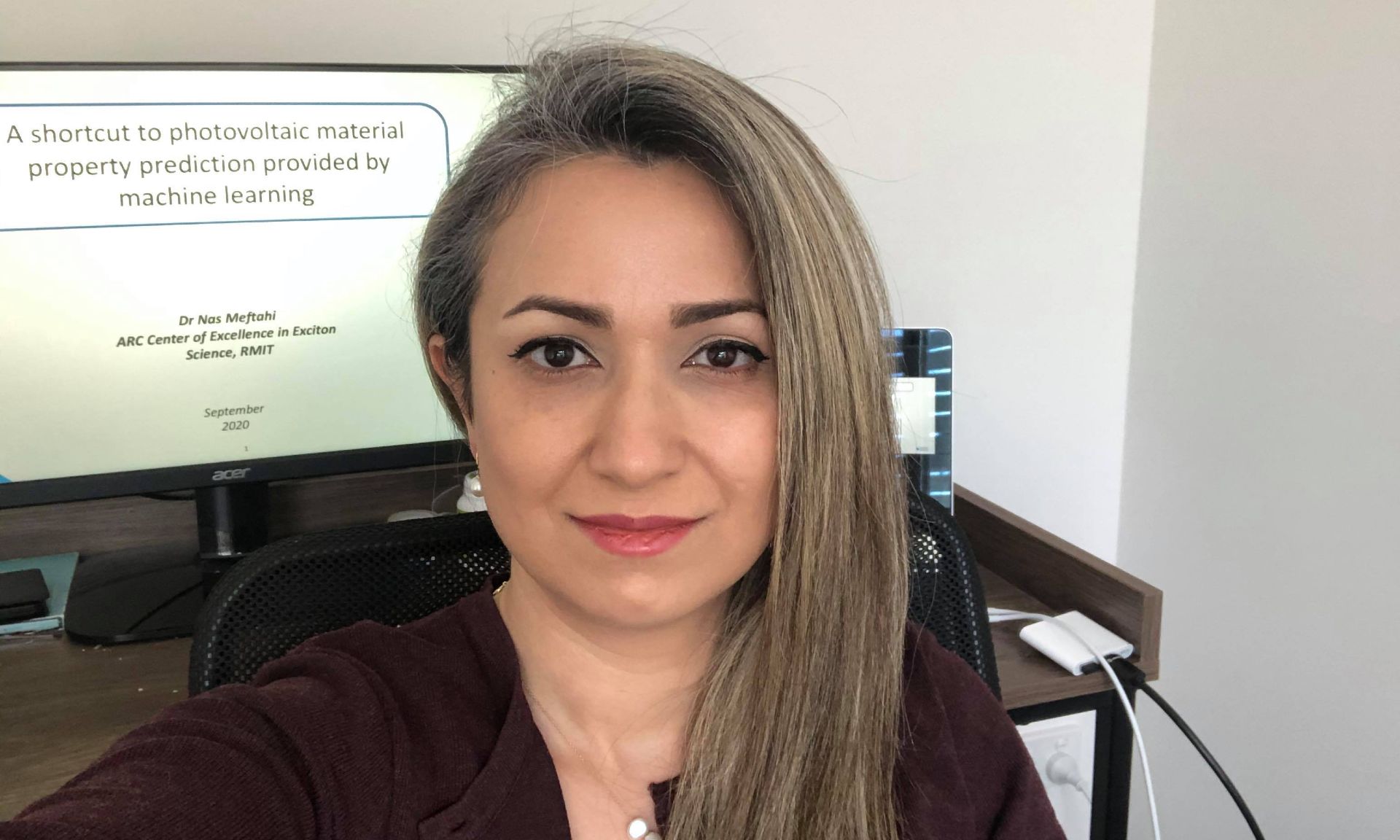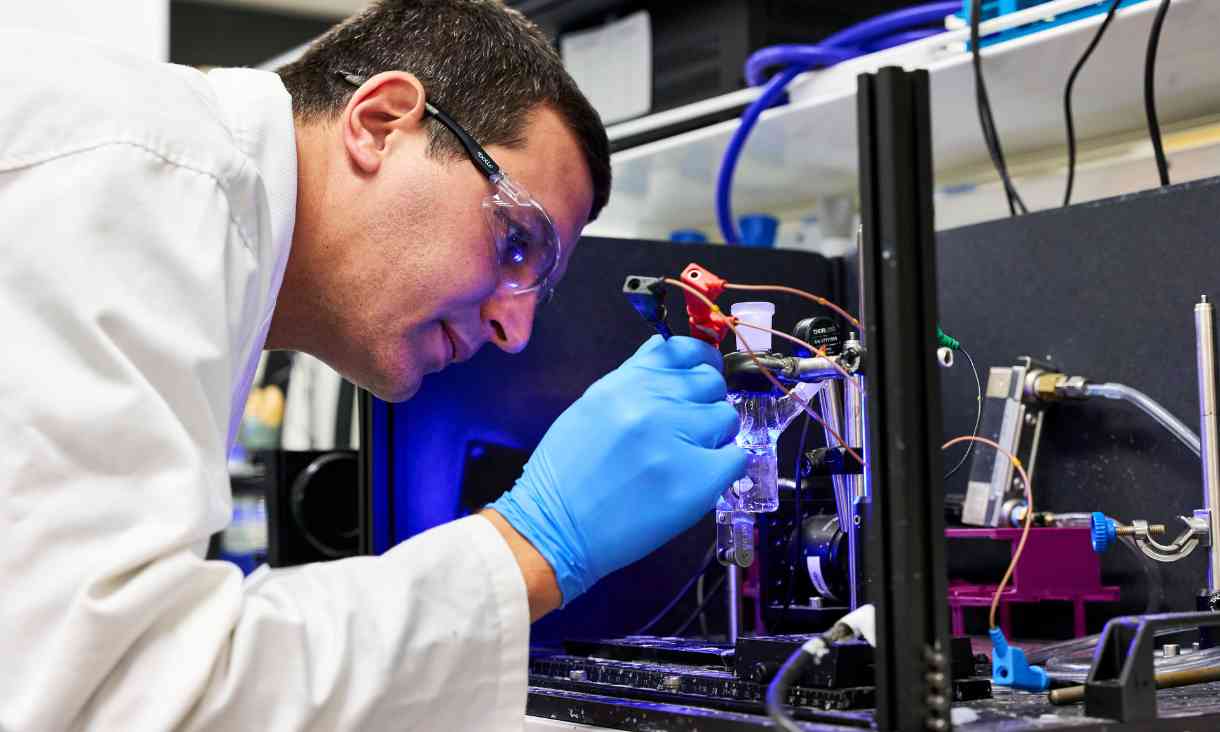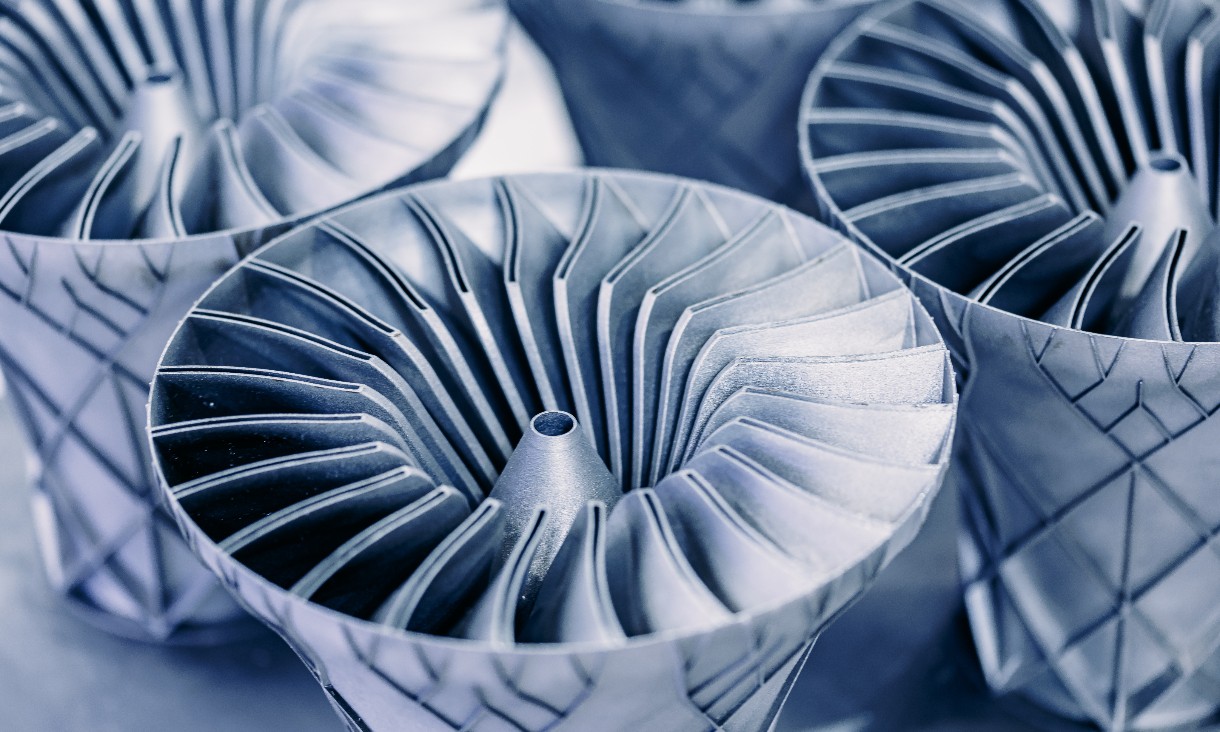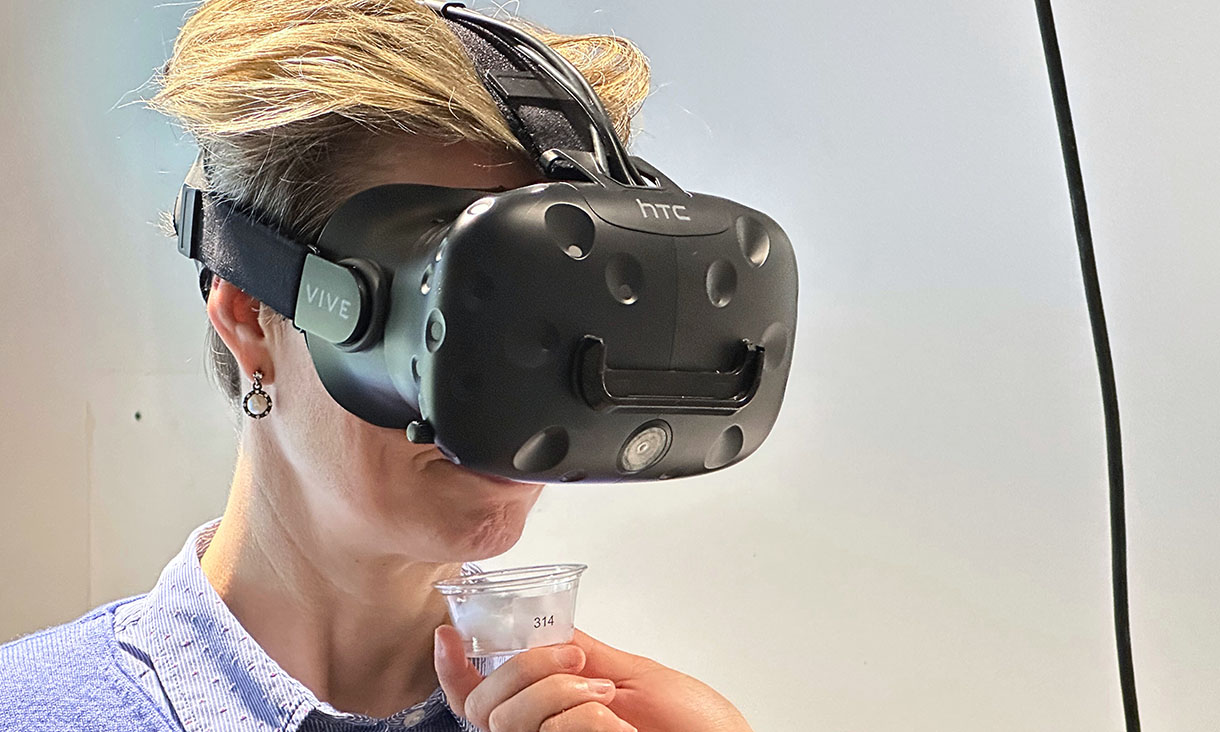Next-gen renewable energy
Attention is increasingly turning to organic photovoltaic (OPV) solar cells after decades of relying on silicon, which is relatively expensive and lacks flexibility.
OPV solar cells will be cheaper to make by using printing technologies, as well as being more versatile and easier to dispose of.
But a major challenge is sorting through the huge volume of potentially suitable chemical compounds that can be synthesised (tailor-made by scientists) for use in OPVs.
Researchers have tried using machine learning before to address this issue but many of those models were time consuming, required significant computer processing power and were difficult to replicate.
Crucially, they did not provide enough guidance for the experimental scientists seeking to build new solar devices.
The key to developing a more efficient and user-friendly model was to replace complex parameters that require quantum mechanical calculations with simpler signature descriptors of the molecules being analysed.
They provide important data about the most significant chemical fragments in materials that affect PCE, generating information that can be used to design improved materials.
By using it, the researchers have been able produce results that are robust and predictive, and generate, among other data, quantitative relationships between the molecular signatures under examination and the efficiency of future OPV devices.
Nastaran and her colleagues now intend to extend the scope of their work to include bigger and more accurate computed and experimental datasets.
Her work was strongly supported by co-author Professor Dave Winkler of CSIRO’s Data 61, Monash University, La Trobe University, and the University of Nottingham, who co-created the BioModeller program which provided the basis for the new, open source model.
‘Machine Learning Property Prediction for Organic Photovoltaic Devices’ is published in the journal Computational Materials (DOI: 10.1038/s41524-020-00429-w).

